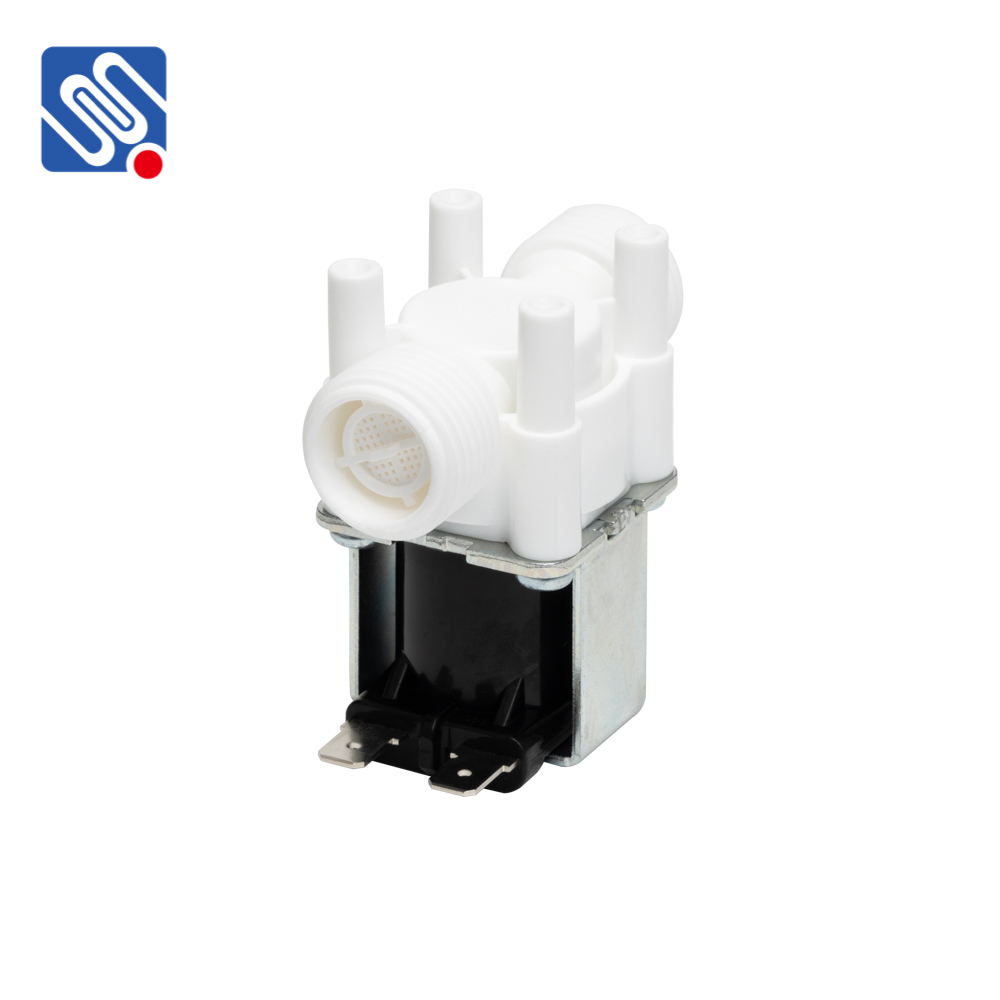A Building Water Supply Solenoid Valve is a crucial component in the modern building water distribution system, ensuring the seamless flow and regulation of water to various areas within a building. As water management becomes more automated and efficient, the importance of solenoid valves in controlling water flow cannot be overstated. This article explores the fundamental features, functions, and applications of Building Water Supply Solenoid Valves, highlighting their critical role in enhancing building water systems.

What is a Building Water Supply Solenoid Valve? A Building Water Supply Solenoid Valve is an electrically operated valve that controls the flow of water through a pipeline. Unlike traditional manual valves, solenoid valves use an electromagnetic solenoid to automate the process of opening or closing the valve. When an electrical current passes through the solenoid, it creates a magnetic field that moves the valve’s internal mechanism, either opening or closing the valve. This allows for precise control of water flow, which is especially useful in complex building systems. How Does a Solenoid Valve Work?